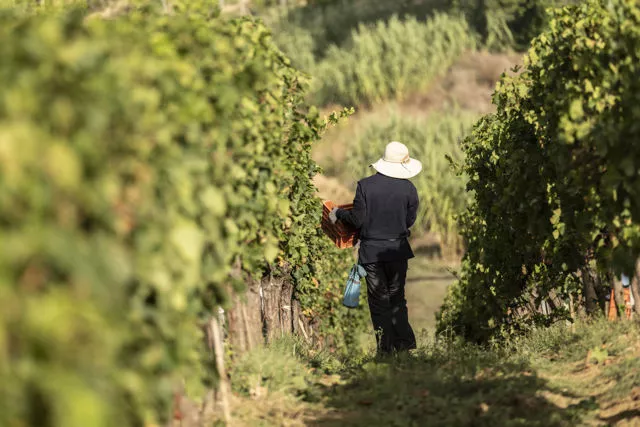
How is wine made? The step-by-step process
Cultivating vines and producing wines are two of the oldest traditions that have remained relevant over the past millennia. We would like to claim that making wine is simple. Still, three essential components cannot be taken for granted: a large space located in a suitable area, ample specific equipment, and high-quality grapes. Learn all the steps involved in the production process up to the moment it reaches our tables with this comprehensive guide.
Winemaking stages that transform grapes into wine
Regardless of what variety, colour, and flavour you want to produce, wine must derive from the Vitis vinifera species of grapes. There are many to choose from when it comes to grape varieties, and several climatic and soil composition factors must also be considered. In addition, taste factors and personal preference in terms of the type of wine also come into play here, ranging from white wines, red wines, rosé wines, sweet wines, sparkling wines...
The production stages of the best Italian wines, in particular, are many and complicated; however, in this article, we have divided them into four main ones to encapsulate the production of wines.
How to harvest grapes?
What is the grape harvest? The grape harvest can be considered the stage representing the winemaking process's starting point. It is essential to note right away that each type of grape has its own harvest period that depends on the degree of ripeness. In fact, the harvest must take place at the precise time when the degree of ripeness of the pulp, skin, and pips are in balance. That is why in our prestigious estates, you can find grapes that ripen early in August but also grapes that ripen late in November.
Pressing grapes - How to press grapes?
This stage is the traditional phase you might have seen where people crush grapes with their feet in a typical large vat; however, this is now wholly carried out by specific machinery. A machine called a crusher-destemmer performs mechanized crushing, and its purpose is to break up the grapes to cause the extraction of the musts. In the next stage, fermentation, the juice obtained from pressing passes into large tanks generally made of cement, wood, or steel. During the winemaking process, the sugars are then transformed into alcohol.
Fermentation occurs thanks to a microorganism: Saccharomyces Cerevisiae. This saccharomyces is capable of transforming sugars into alcohol.
It is imperative to be able to distinguish the three types of winemaking: the processes of making white wine, rosé wine, and red wine.
1. When making white wine, after removing all pressing residues (stems, skins, and seeds), the must is left to ferment and then filtered. This way, a bottle of white wine that does not need much ageing can be produced and retain all its freshness.
2. How is rosé wine made? The brief contact of the must with the skins determines the rosé colour. Otherwise, the process is the same as making white wine.
3. In the third type, red wines, the grapes are crushed and fermented without separating the skins from the must. This way, the contact of the must with the skins allows the extraction of the colouring substances called anthocyanins and the valuable tannins that give red wines structure, complexity, and longevity.
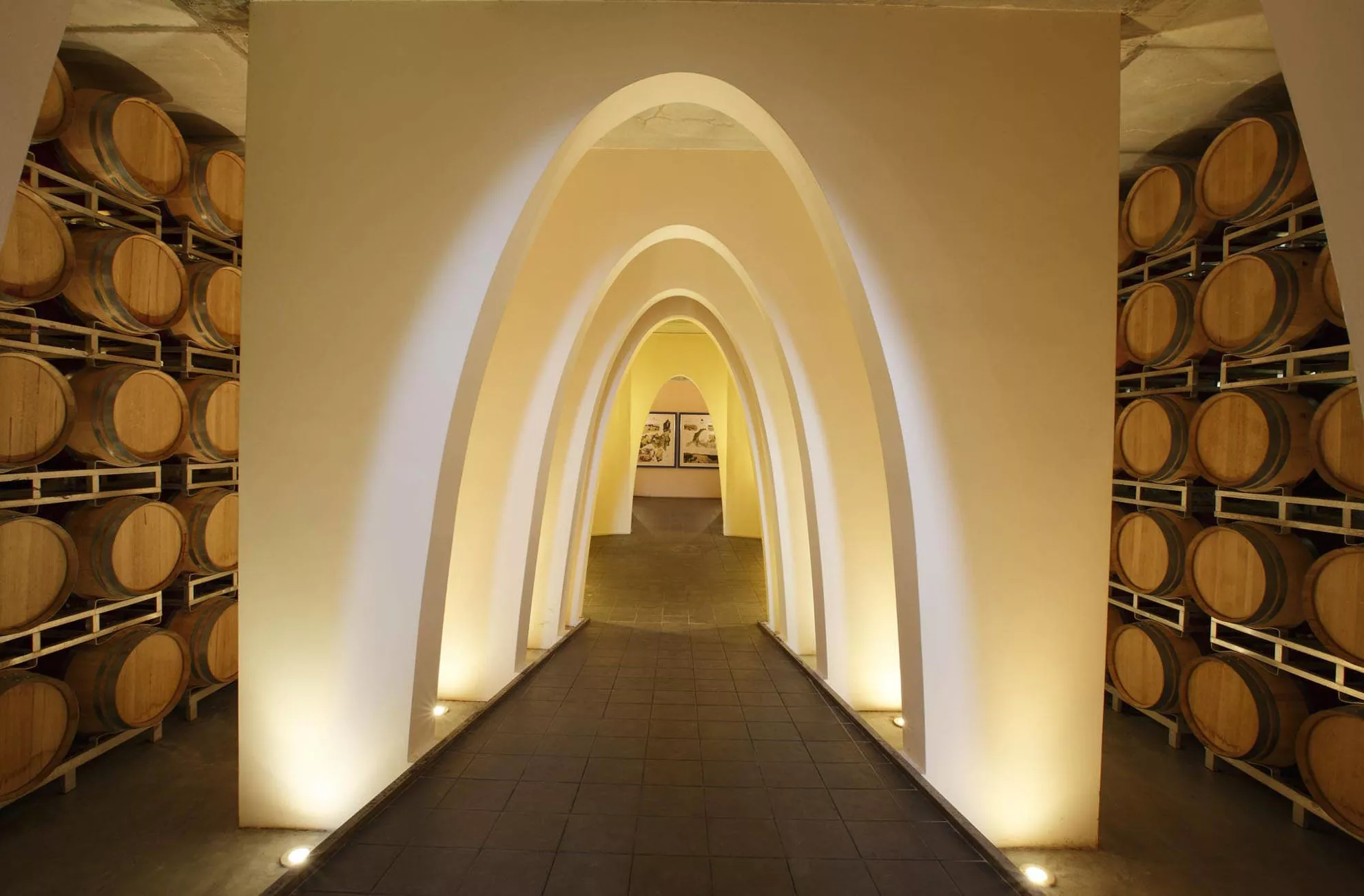
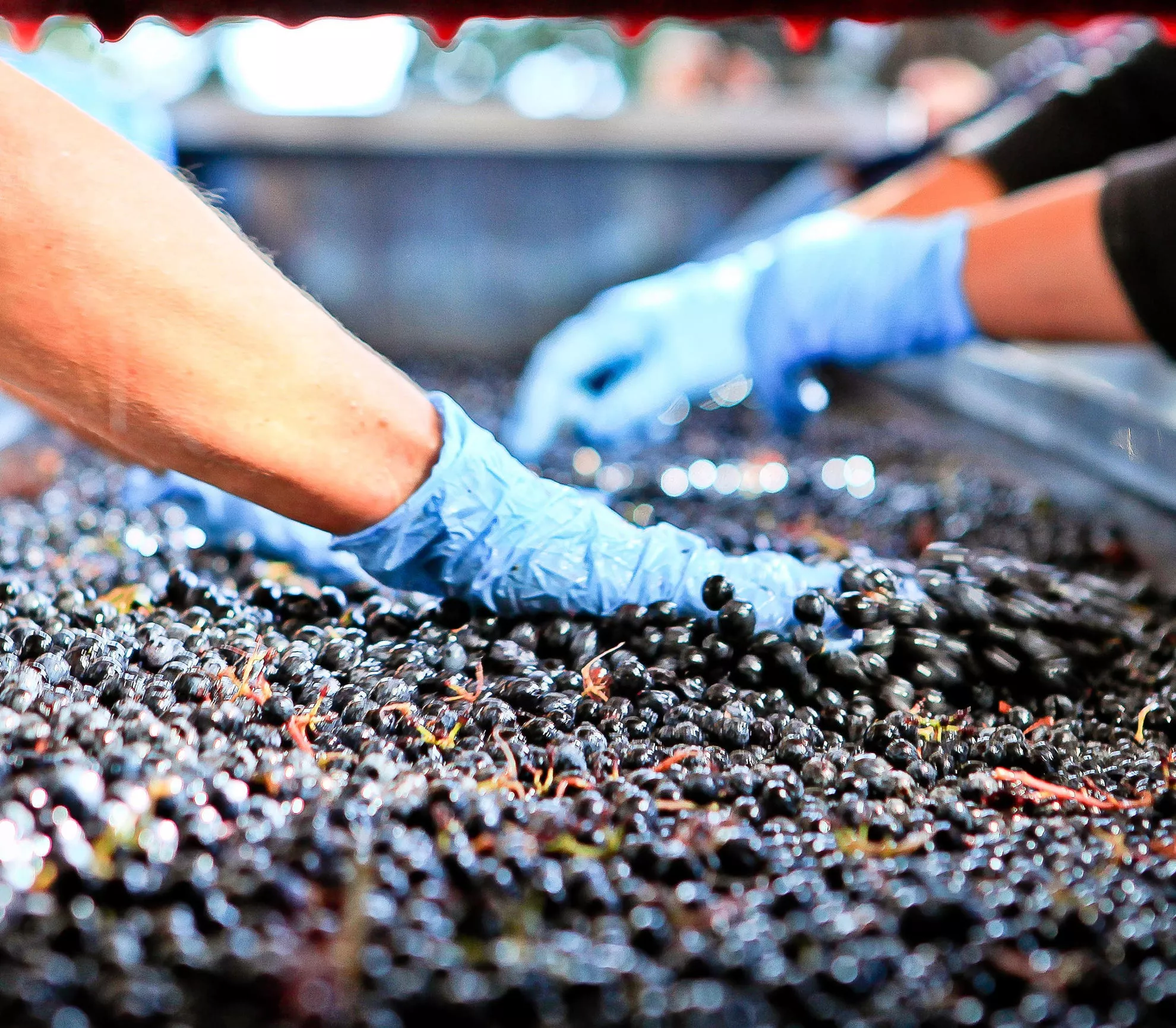
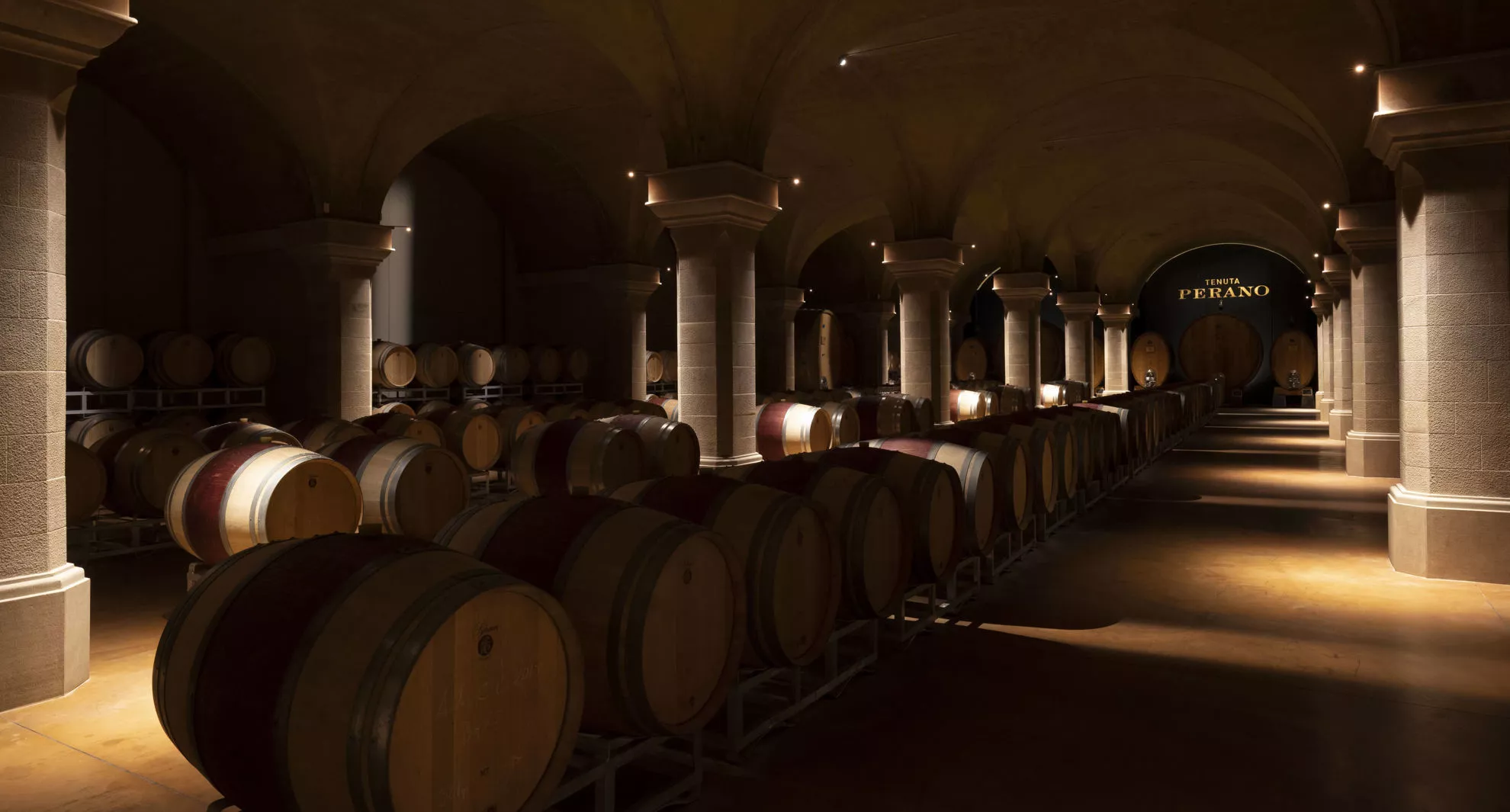
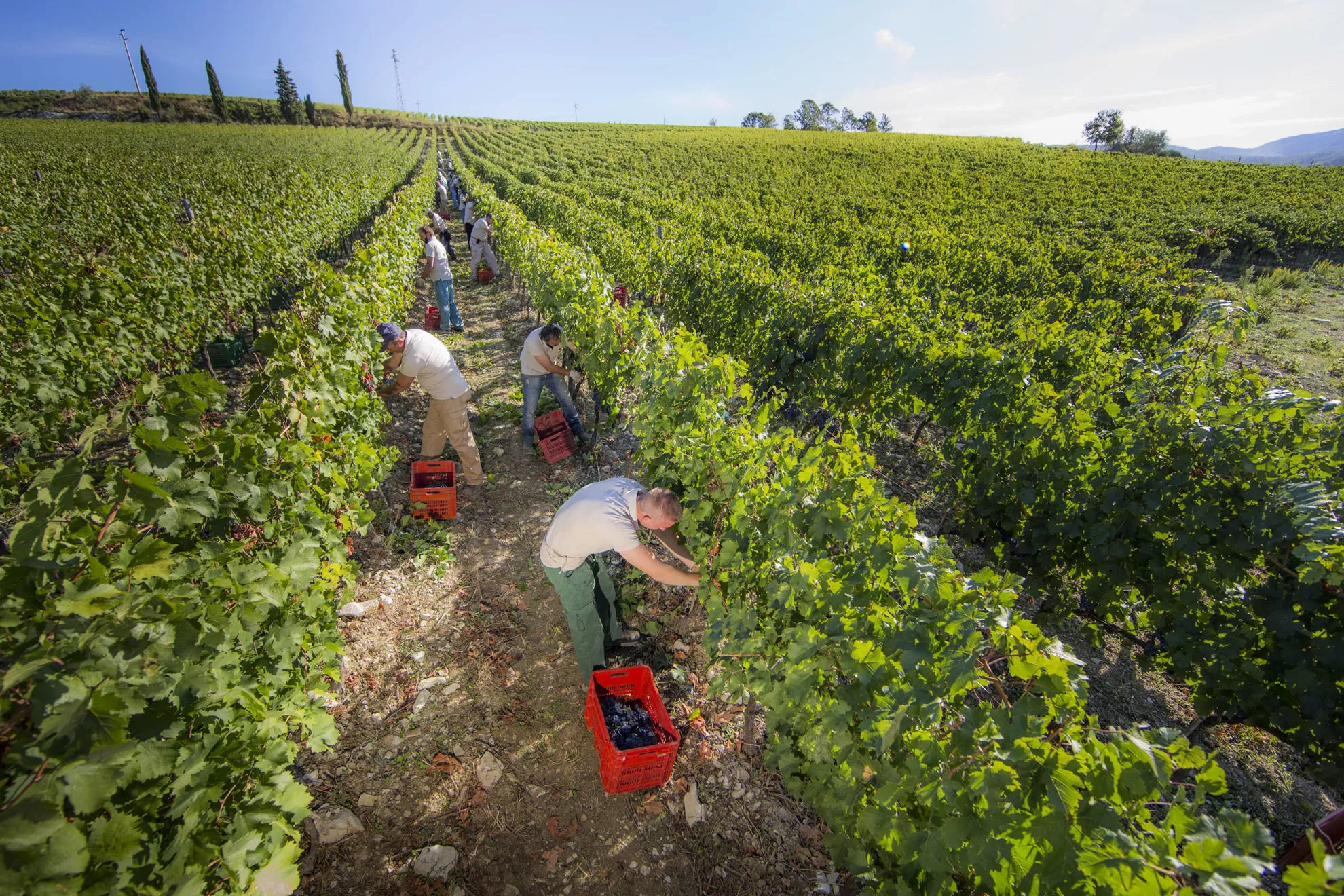
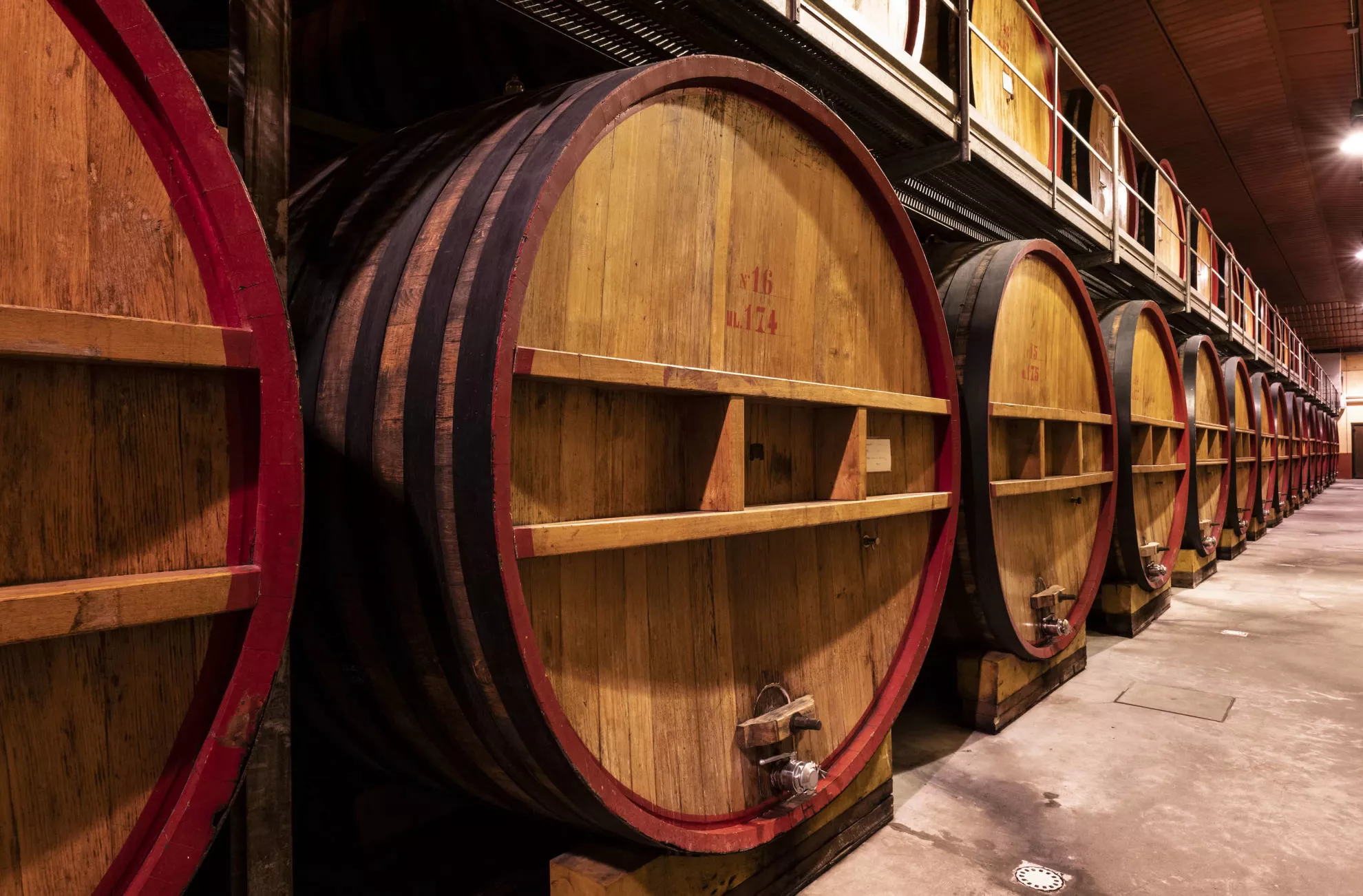
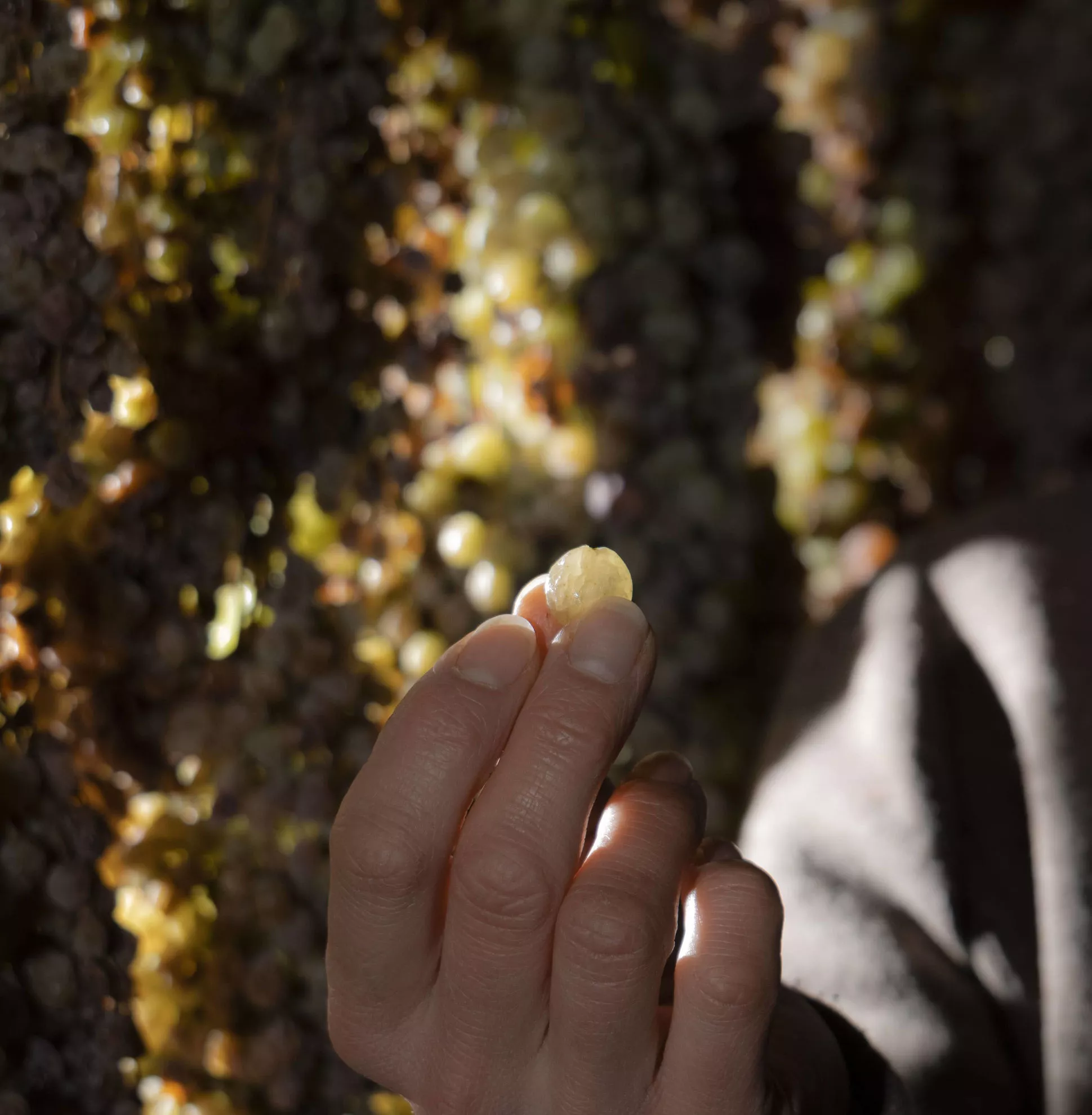
Wine aging - How long does it take to age wine?
This particular stage is of paramount importance. Winemakers have to make many choices during this stage, and they all depend on the type of wine being made. The flavours of a wine diversify due to many of these winemaking choices:
- Maturation for several years or several months
- Ageing in steel, cement, terracotta amphorae, or oak barrels
- Ageing in new versus "neutral" or used tanks
- Ageing in barrels with different levels of toasting
After being moved into large vessels, the wines will continue to age in the bottle itself, which is already devoid of oxygen except for small amounts of gas filtered through the cork's porosity.
Wine bottling
Before bottling, wine is sometimes filtered to make it completely 'clean' and remove any possible sediment. In addition, any oxygen present must be removed by adding nitrogen or other special techniques. Once bottled, the wine rests in buried, insulated racks at a constant temperature where no temperature changes or drafts occur. Said bottles also are arranged horizontally in a position that allows the corks to always be in contact with the wine so that it does not dry out.
Finally, before the wine is sold and tasted, it can be stored for a long time in the bottle. Among the most interesting bottles to taste and store, we can certainly include those obtained from the fascinating Frescobaldi estates.
info@frescobaldi.it |+39 055/27141